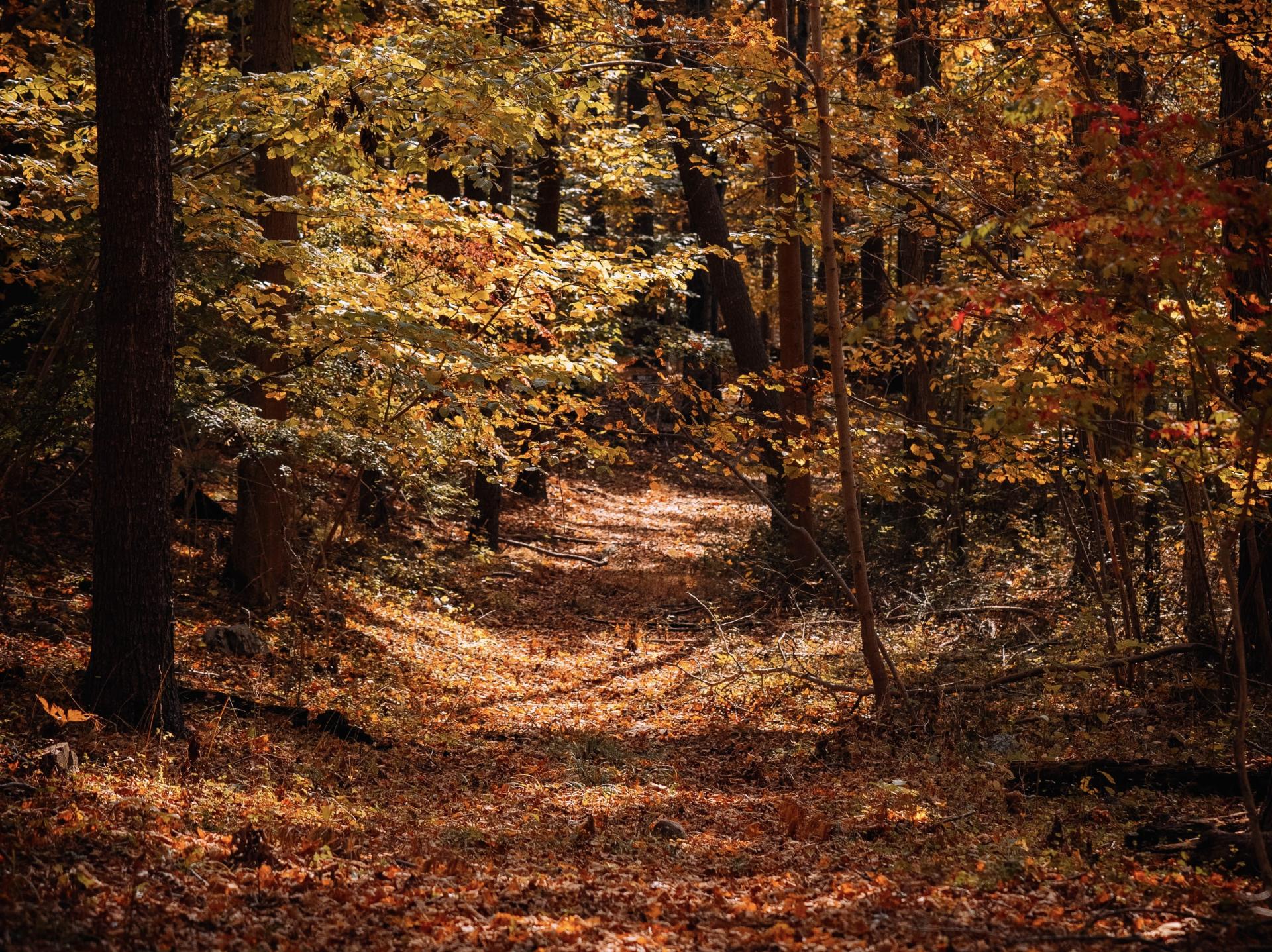You are here
Be a Better Gardener: Native Plants Enthusiasts: Channel Your Inner Indiana Jones
Be a Better Gardener: Native Plants Enthusiasts: Channel Your Inner Indiana Jones
By Thomas Christopher
As a horticultural student at the New York Botanical Garden in the 1970s, I was thoroughly inculcated with the romance of plant explorers. In the Botanical Garden’s library, my favorite haunt at the time, I met botanists who traveled regularly to the Amazonian rain forest to collect plant specimens, many of which were new to science. They shared stories of surviving in the wild. There was one botanist, for example, who told me of the time a canoe with supplies was delayed and he and his comrades survived on dinners of giant Amazonian earthworms (“like sausages” he claimed) and mammoth spiders (“like crabs”). I supplemented these recollections with reading first-hand accounts of past explorers such as Englishman Frank Kingdon-Ward, who, an elderly librarian told me, used to sling a hammock between the shelves of the library when he was passing through New York.
Years later I edited a selection of Kingdon-Ward’s memoirs, but I never have explored for plants beyond the forest surrounding my home in western Massachusetts. What I’ve found there has been satisfying – pink lady slipper orchids in the spring, great stands of assorted ferns, and hillsides of mountain laurel in full bloom – but none of it particularly rare. Now, though, Micah Jasny tells me that native plants enthusiasts such as myself can satisfy their Indiana Jones fantasies, while doing some real good to plant conservation by joining the Native Plant Trust’s Plant Conservation Volunteers.
Established in 1993, this group grew out of a dearth of professional field botanists. Micah, who is the Native Plant Trust’s Botanical Coordinator, told me that a decline of interest in botany in American universities meant that they were not graduating enough plant scientists to keep track of changes in our native North American flora. In particular, this was a problem in New England, where changes in land use (the abandonment of farms and spontaneous reforestation) as well as pressure from development had caused severe population declines in many once common plants. This had been a concern of the Native Plant Trust (which is based in Framingham Massachusetts) since its founding as the Society for the Protection of Native Plants in 1900. Keeping up with the population changes of just the rarest plants, however, was a huge job, requiring regular visits to thousands of plant colonies, some of which had not been revisited since they were first discovered in the 19th century.
The concept behind the Plant Conservation Volunteers was to recruit interested members of the public and instruct them in the process of plant identification, and then send them out in teams to check on the known rare plant colonies. After taking notes and photographs of what they would find, they would submit their reports to the Native Plant Trust for distribution to plant preservation groups in all six of the New England states. Starting with a group of 15 volunteers, this program has grown over the years to include some 350 members, and, says, Micah, more are needed, as currently, volunteers are monitoring over 1,000 plant populations representing 300-350 different species.
In addition to just searching out the plant colonies and checking on their status, including estimates of the number of individual plants and whether they arose from seed or sprouted off existing specimens, the volunteers also record descriptions of the sites, presenting a clearer picture of the conditions that promote the growth of the rarities. In addition, the volunteers may collect seeds to be preserved in regional seed banks, where they are available for scientific study and restorationists. If volunteers found the rare plant survivors threatened by invasive plants, the Trust might also send them back to clear round the natives and beat back the invaders. The volunteers are also responsible for checking reports of newly identified plant populations. They typically identify 100 or so new rare plant colonies every year and have even found outposts of species that had been thought to have been extirpated from the region.
The Native Plant Trust fosters volunteer enthusiasm through field trips led by professional botanists as well as offering them classes. Of course, to anyone seriously bitten by the native plant bug, just the chance to see all these rarities in their native settings is encouragement enough.
For information about joining this program, go to the Native Plant Trust website at nativeplanttrust.org. To listen to the rest of my conversation with Micah Jasny, log onto the Berkshire Botanical Garden’s “Growing Greener” podcast at berkshirebotanical.org/growinggreener.
Be-a-Better-Gardener is a community service of Berkshire Botanical Garden, located in Stockbridge, Mass. Its mission, to provide knowledge of gardening and the environment through a diverse range of classes and programs, informs and inspires thousands of students and visitors each year. Thomas Christopher is a volunteer at Berkshire Botanical Garden and is the author or co-author of more than a dozen books, including Nature into Art and The Gardens of Wave Hill (Timber Press, 2019). He is the 2021 Garden Club of America's National Medalist for Literature, a distinction reserved to recognize those who have left a profound and lasting impact on issues that are most important to the GCA. Christopher’s companion broadcast to this column, Growing Greener, streams on WESUFM.org, Pacifica Radio and NPR and is available at berkshirebotanical.org/growinggreener.
Help Our Garden Grow!
Your donation helps us to educate and inspire visitors of all ages on the art and science of gardening and the preservation of our environment.
All donations are 100 percent tax deductible.


